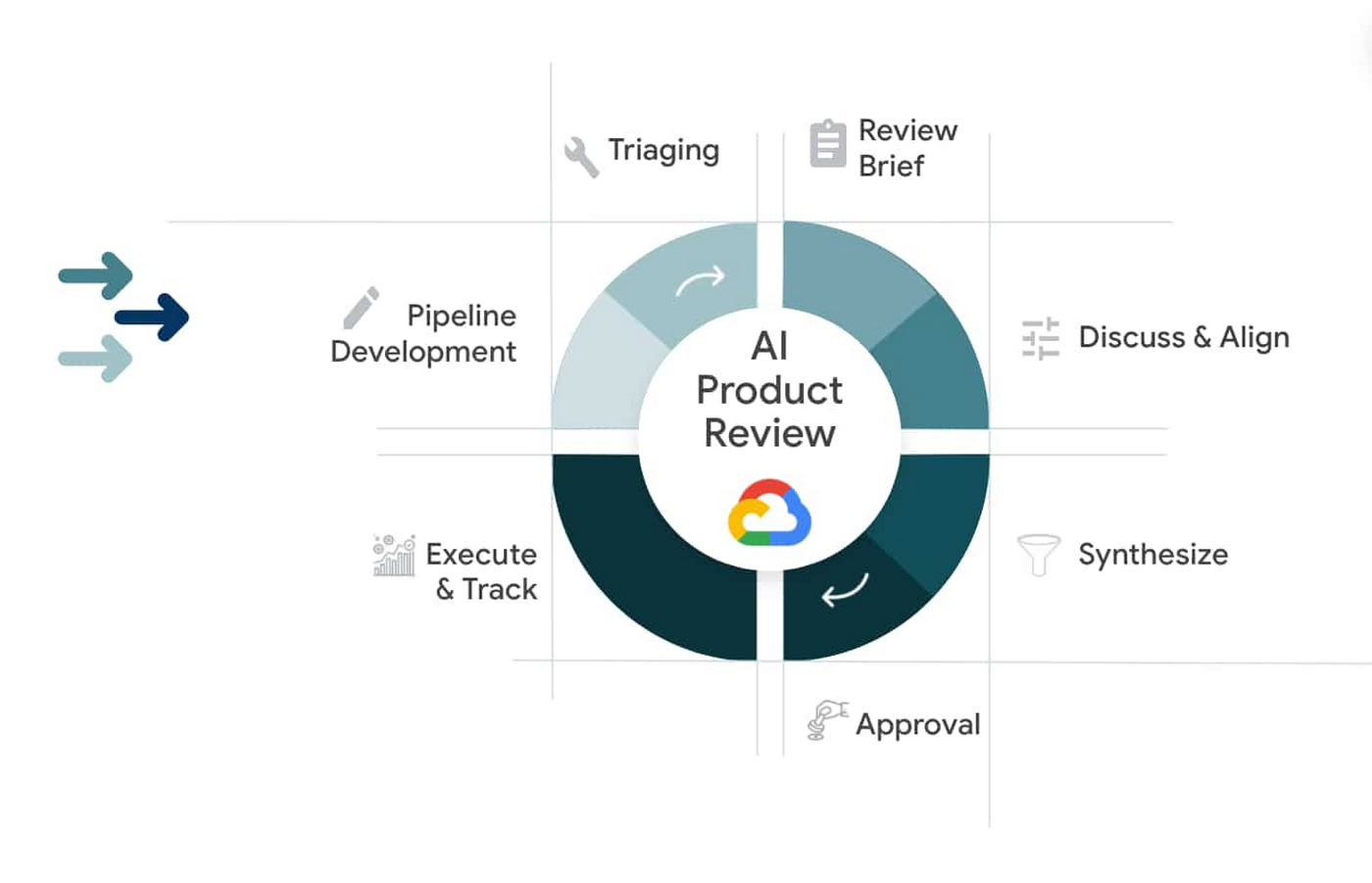The Limitations Of AI Learning: Towards Responsible AI Practices

Table of Contents
Data Bias and its Impact on AI Outcomes
AI systems learn from data, and biased training data inevitably leads to biased AI outcomes. This is a critical limitation of AI learning.
The Problem of Biased Datasets
Biased datasets perpetuate and amplify existing societal biases. Consider these examples:
- Facial recognition systems: Often trained primarily on images of white faces, leading to significantly lower accuracy rates for people of color.
- Loan application algorithms: Trained on historical data reflecting existing biases, may unfairly deny loans to certain demographic groups.
- Recruitment AI: Trained on data reflecting past hiring practices, may perpetuate gender or racial biases in hiring processes.
The consequences are severe: perpetuation of societal inequalities, unfair decisions impacting individuals' lives, and a lack of inclusivity in AI systems. Mitigation strategies are essential and include:
- Data augmentation: Artificially increasing the representation of underrepresented groups in the dataset.
- Algorithmic fairness techniques: Developing algorithms that explicitly address and mitigate bias.
- Careful data curation: Meticulously reviewing and cleaning datasets to identify and remove biased data points.
Addressing Bias Through Responsible Data Collection
Ethical data acquisition is paramount. Building truly unbiased AI requires diverse and representative datasets. This demands:
- Strategies for unbiased data collection: Employing diverse data sources, ensuring balanced representation across demographics, and implementing rigorous quality control measures.
- The role of human oversight: Human experts play a crucial role in monitoring data collection, identifying potential biases, and ensuring ethical considerations are addressed.
- Anonymization techniques: Protecting the privacy of individuals while still utilizing their data for training AI models.
However, obtaining perfectly unbiased data is a significant challenge. Historical biases are deeply ingrained in many societal datasets, making complete eradication difficult.
The Limits of Generalization and Transfer Learning
Another significant limitation of AI learning lies in the challenges of generalization and transfer learning.
Overfitting and Underfitting
AI models must generalize well to unseen data, a process often hampered by overfitting and underfitting:
- Overfitting: The model learns the training data too well, performing poorly on new, unseen data.
- Underfitting: The model is too simple and fails to capture the underlying patterns in the data.
Techniques to improve generalization include:
- Cross-validation: Evaluating the model's performance on multiple subsets of the data.
- Regularization: Adding constraints to the model to prevent overfitting.
- Model selection: Choosing the appropriate model complexity for the given task.
The Difficulty of Transfer Learning
Transfer learning involves adapting a model trained on one dataset to a new task or dataset. While promising, it faces limitations:
- Dependence on dataset similarity: Transfer learning is most effective when the source and target datasets are similar. Significant differences can hinder performance.
- Domain adaptation challenges: Adapting a model trained in one domain (e.g., image recognition) to another (e.g., natural language processing) can be particularly difficult.
Transfer learning is successfully applied in many areas, but its limitations highlight the need for careful consideration and adaptation when applying pre-trained models to new tasks.
Explainability and Interpretability Challenges in AI
Many powerful AI models, especially deep learning models, operate as "black boxes," making it difficult to understand their decision-making processes. This lack of transparency poses a considerable limitation of AI learning.
The "Black Box" Problem
The opacity of complex AI models presents challenges for:
- Trust and accountability: It's difficult to trust a system whose reasoning is opaque, making it hard to assign responsibility when things go wrong.
- Debugging and improvement: Understanding why a model makes a specific prediction is crucial for identifying and correcting errors.
Techniques aiming to improve explainability include:
- LIME (Local Interpretable Model-agnostic Explanations): Approximates the model's predictions locally, providing interpretable explanations.
- SHAP (SHapley Additive exPlanations): Assigns contributions to each feature in a prediction, providing a global understanding of the model's behavior.
- Feature importance analysis: Identifies the most influential features in the model's predictions.
The Importance of Explainable AI (XAI)
The development of Explainable AI (XAI) is crucial for building trust and ensuring responsible AI deployment. XAI offers:
- Enhanced trust: Providing clear explanations increases user confidence in the AI system's decisions.
- Improved debugging: Understanding the model's reasoning facilitates the identification and correction of errors.
- Regulatory compliance: Many regulations require transparency and explainability in AI systems, especially in high-stakes applications.
Ongoing research in XAI holds immense promise for bridging the gap between powerful AI models and human understanding.
The Ethical Implications of AI Learning
The development and deployment of AI systems raise significant ethical considerations, representing another crucial aspect of the limitations of AI learning.
Algorithmic Accountability and Responsibility
Determining accountability when AI systems err or cause harm is a significant challenge:
- Challenge of assigning liability: Is the developer, the user, or the algorithm itself responsible for unintended consequences?
- The need for ethical guidelines and regulations: Clear guidelines and regulations are essential to ensure responsible AI development and use.
Job Displacement and Economic Inequality
AI-driven automation has the potential to displace workers and exacerbate economic inequality:
- Strategies for mitigation: Retraining programs, social safety nets, and investment in new industries are crucial to mitigate the negative impacts.
- Addressing the skills gap: Adapting educational systems to equip individuals with skills relevant to the changing job market.
Conclusion
The limitations of AI learning are multifaceted, encompassing data bias, generalization challenges, explainability issues, and significant ethical considerations. Understanding these limitations is not about hindering AI progress, but rather about fostering responsible AI development. By embracing responsible AI practices, prioritizing ethical considerations, and focusing on transparency and accountability, we can harness the incredible potential of AI while mitigating its risks. By understanding the limitations of AI learning and embracing responsible AI development, we can harness the power of AI while mitigating its risks. Let's work together to ensure that AI benefits all of humanity.

Featured Posts
-
 Continuous Rain Expected In Seattle This Weekend
May 31, 2025
Continuous Rain Expected In Seattle This Weekend
May 31, 2025 -
 Game De Dahu 1 Jeu Et Concours A Saint Die Des Vosges
May 31, 2025
Game De Dahu 1 Jeu Et Concours A Saint Die Des Vosges
May 31, 2025 -
 Federal Privacy Probe Launched Into Nova Scotia Power Data Breach
May 31, 2025
Federal Privacy Probe Launched Into Nova Scotia Power Data Breach
May 31, 2025 -
 Answers To The Nyt Mini Crossword Thursday April 10
May 31, 2025
Answers To The Nyt Mini Crossword Thursday April 10
May 31, 2025 -
 Preparacion De Lasana De Calabacin Receta De Pablo Ojeda Mas Vale Tarde
May 31, 2025
Preparacion De Lasana De Calabacin Receta De Pablo Ojeda Mas Vale Tarde
May 31, 2025
